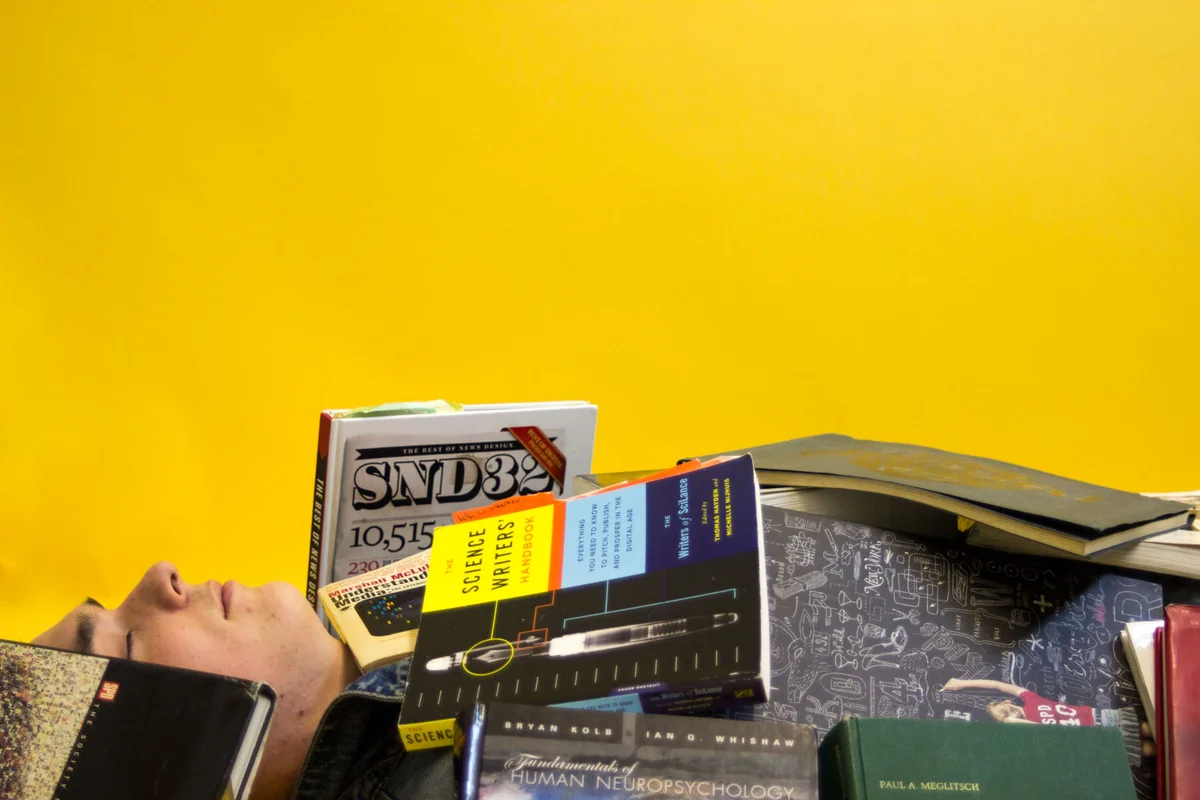
UBC will have a fall reading break starting in the 2021/22 school year.
After decades of debate and work by student senators, on May 27, the UBC Vancouver Senate passed a motion to adjust the winter session’s formal examination schedule to add a fall term break.
The break will take place around Remembrance Day, with two extra weekdays added to the one day students, staff and faculty already get off. This break was created in the schedule by changing policy V-125 on Term and Formal Examination Scheduling by shrinking the winter exam period from the current 16 days to 12 consecutive days, including Sundays.
The motion also included formalizations and changes to the course add/drop and withdrawal deadlines.
One-term courses can be added up to the 10th teaching day of the term, and for two-term courses, students have until the 15th teaching day. Withdrawal deadlines have been pushed to the 8th week for single-term courses and the 12th week for two-term courses to withdraw with W standing.
A break from ‘fall gloominess’
In February 2019, the largest-ever student consultation survey led by the AMS about fall reading break gathered nearly 6,000 responses displaying overwhelming support. The following February, the Academic Policy Committee created the Academic Year Working Group to “explore the academic year and possible changes” and figure out if a fall reading break was possible.
The choice of when to have the break was carefully examined.
Senator Paul Harrison, chair of the Senate academic policy committee, noted that many students favoured an extended Thanksgiving weekend — a period some students said involves more midterm preparations. However, Harrison said that more students wanted a mid-November break.
“We heard more voices say that by December, when the fall gloominess set in Vancouver normally, students’ spirits are dropping,” he said.
“Having a break to catch up on projects, to catch up on papers they’re working on, and the early preparation for final exams would be a better time for this break.”
The extended withdrawal date was also decided with student mental health and reducing stress in mind.
Harrison said in the Senate meeting that extending the deadline to withdraw from a course would allow a couple of extra weeks for students to make a decision without experiencing a stressful situation in creating a premature judgment of their progress.
“In that time period, more students will have meaningful feedback on their progress of courses that currently happened,” he said.
Decades of work
The first-ever official call for a break was back in 1991, meaning it has taken nearly 30 years for this idea to be implemented.
Calls for a fall reading break surged among students in the early 2010s. By March 2015, nearly every Canadian school except UBC had followed Ontario’s lead of implementing a fall reading break. Since 2016, the AMS and student senators have been actively pushing for a break. In January 2018, the solution to cut short the number of exam days to accommodate the break was considered, but since then the process has taken two more years.
Student Senator Max Holmes — who has campaigned for Senate on the platform of implementing fall reading break since 2018 — expressed accomplishment toward the creation of a fall reading break, but raised concerns as to why it took so long for Senate action to spark this progress.
“The one thing that I do think this points to though, is that it takes forever for action to be taken within this Senate,” said Holmes, noting that the idea of a fall reading break has been mentioned in Senate minutes going back to the 1930s.
“I think it does actually point to a much larger governance problem that we do have as a body is that we aren’t very proactive. We are often very reactive. It does point that we aren’t doing things right in the Senate and that there’s a lot that we need to improve on.”

